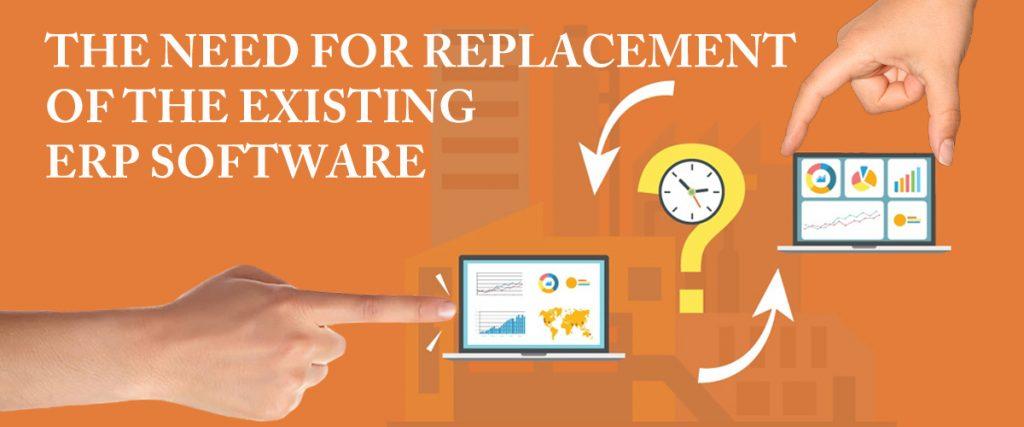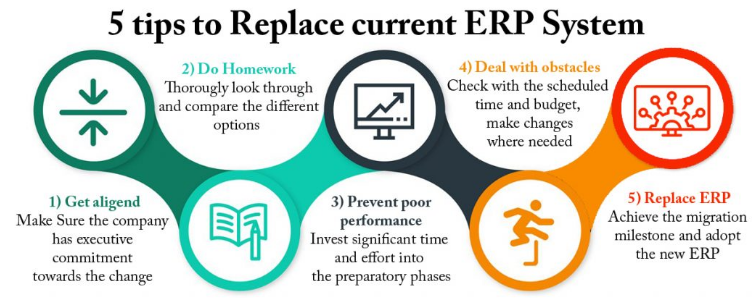When Should Your Current ERP Software be Replaced?
Implementing Enterprise Resource Planning software is expensive in terms of both money and time. It also takes time to move from the old to the new system. The corporation decides to use an ERP system in order to streamline its internal operations and increase production. However, following installation, firms change their previous ERP software to achieve superior software quality, a better return on investment, reduced burden, and enhanced predictability.
Organizations replace their present ERP software for a variety of reasons. If the organization is still using outdated approaches, it may need to implement new, more user-friendly reengineered business processes. Because the former software lacked specific characteristics to facilitate future growth, the business may seek a replacement to fulfill the new demands. If the organization has the resources, it will replace the present system with new ERP software in order to grow technologically. Also, if the system is time-consuming, it may be tough to administer with the present ERP software. It may be unable to meet the increased business requirements, prompting an organization to replace its present ERP software. In addition, new purchases of other smaller enterprises as a result of market shifts can affect the organization's business environment. This necessitates the replacement of the present Enterprise Resource Planning software.


A corporation may restore its existing ERP solution for a variety of reasons. If the corporation is still using an old technique, it may be necessary to obtain contemporary re-engineered business practices that are simple to apply.
The current business software is incompatible with the current business procedures. This might happen as soon as you adopt business software or an ERP program that performs poorly in managing business processes.
Unable to handle change management within your current ERP software, some examples include integration with third-party tools such as bar code integration, weighting machine integration, and so on, or creating a new module. Another area where organizations tend to replace their existing ERP software with a new one is in the area of creating a new module.
Conclusion: When Should Your Current ERP Software be Replaced?
We covered many points above on when you should replace your existing software with new ERP software, but keep in mind that the term software refers to simple software such as accounting software, CRM software, or HRM software that is not interconnected with other departments, so the company chooses new ERP software.
We've even seen numerous firms replace their present ERP applications with Open Source ERP software, which costs a lot of money in licensing fees. At ERP Cloud LLC, we offer one of the leading Open source ERP software named Odoo - We are Silver partners of Odoo. We have completed more than 45+ successful implementations around the world, including replacing high-cost licensed software with Odoo, which is cost-effective due to its open-source nature.
When Should Your Current ERP Software be Replaced?